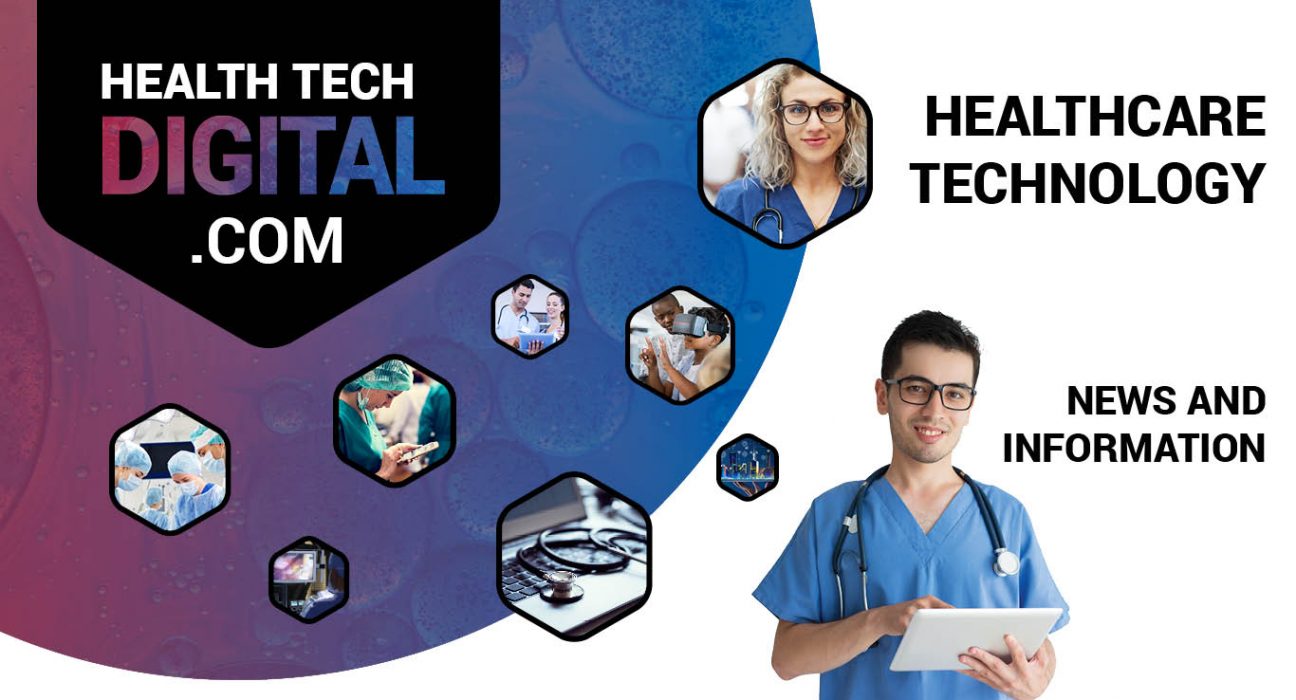Ian Sturgess, Urgent & Emergency Care Expert and Creator of the Directory for Ambulatory Emergency Care for Adults, and Advisor, TeleTracking UK, explains why operational solutions are vital in delivering Integrated Care Systems, transforming patient flow and improving clinical quality.
NHS Evolution
When the NHS was founded on 5th July, 1948, post-war Britain was facing a health crisis, formed of nursing staff shortages, continued food rationing, scarcity of housing, spiralling tuberculosis death rates and reeling from an exceptionally severe winter. All of which combined were exacerbating existing inequalities in access to care. Its goal, therefore, to provide free and universal benefits to all those in need, was – and remains – laudable.
Since then, however, the health and care needs of our population have changed. People are living longer with multiple, complex, long-term conditions and increasingly require long-term support from many different services and professionals. As a consequence, people too often receive fragmented care – a remnant of an historic focus on treating single conditions or illnesses – from services that are not effectively co-ordinated around their needs.
To deliver joined-up support that better meets the needs of the population, the various constituent parts of today’s NHS (including hospitals, primary care and community & mental health services) and Health and Social Care need to work in a much more joined-up way. Integrated Care Systems (ICSs) have now taken centre stage as the core delivery mechanism for the radical changes that are needed, with the aim of integrated care across the care journey, better supporting multi-disciplinary clinical teams and thereby improving outcomes in population health, tackling inequalities, and enhancing productivity.
Integrated Operations
While the NHS has advocated the adoption of Electronic Medical Records (EMRs) to facilitate this integrated care, it has overlooked a necessary and complementary requirement: operational interoperability. Yes, supporting and documenting an individual’s clinical information is essential, but so is the capability that operational solutions in healthcare provide, with regard to real-time visibility of operational processes, staffing workflows and the patient flow journey. By creating contextual communication and automation around escalating pressures within and across a hospital or region, and combining this insight with the EMR’s clinical documentation processes, the result is a far more holistic view of the full healthcare estate.
Such operational platforms allow NHS leaders, executives and frontline staff to, for example, combine comprehensive technology solutions with clinical operations expertise to facilitate the establishment and measurement – in real-time – of critical performance indicators that support health systems in optimising access to care, streamlining delivery and connecting care systems.
Already well-established in numerous trusts in the UK, as well as in healthcare systems internationally, operational platforms are proven to address some of the most obvious and damaging manifestations of operational inefficiencies, including: long ED wait; patient misrouting; over stays; communication loss; hospital-acquired harms; and functional decline – all of which are today accepted as commonplace within the NHS.
Moreover, these inefficiencies are actively exacerbating system-wide risk and waste, including safety risk; staff burnout; increasing financial pressure; unclear operational processes; and – critically – a widely-reported backlog of care. Indeed, recent data has highlighted that over 12,000 cancer patients – 2,000 of which are considered ‘urgent’ – were still waiting for treatment over three months later. Without integrated operations and better visibility and communication around capacity management, we will not be able to address the siloed ways in which patients access care.
Where to Start?
The NHS is not alone in needing to address operational challenges, staff shortages, and growing elective care backlogs. There is a universal return of focus on serving as many patients as possible in the most efficient and effective manner. Healthcare leaders in the US, for example, have shared numerous lessons learned from EMR adoption, including the fact that: “Effective use of the technology requires careful attention to workflows, teamwork and other key clinical practice reforms,” and a focus on interoperability with operational systems.
In a recent King’s Fund piece by Jonathon Holmes, he emphasised that the right approach to interoperability, multi-disciplinary collaboration and effective use of different, yet integrated, platforms is key to addressing the difficulties facing healthcare systems and patients accessing care. Indeed, by addressing operational waste reduction, healthcare systems globally have reported the same benefits, including:
- Staff have the right support tools for workflow optimisation, improving staff burnout rates;
- Shorter hospital stays translate to higher quality metrics (e.g. fewer hospital acquired harms) and improved quality of community-based care;
- Efficient operations enable hospitals to treat same number of patients with less staff time and other resources;
- Error avoidance results in more satisfied patients and staff and, again, improved outcomes within a community setting.
Conclusion
If the NHS is to achieve its transition from fragmented patient care that focuses on the treatment of isolated illnesses and conditions, and move to an integrated system that addresses outcomes at a population health level, tackles inequalities, and enhances productivity, clinicians and healthcare leaders need to have system-wide operational visibility.
EMRs and operational systems need to work together in an integrated approach to improve resource management and patient pathways. Hospitals – both acute and community based – must have the ability to capture, automate and manage the coordination of information, specifically related to operational management, system resilience, capacity, staff workflows, and patient flow. Systems – primary care, secondary – acute and community, mental health and social care – must work together, allowing for better resource allocation and management in highly pressured environments, and in doing so, return the most valuable resource in healthcare – the clinician’s time.




